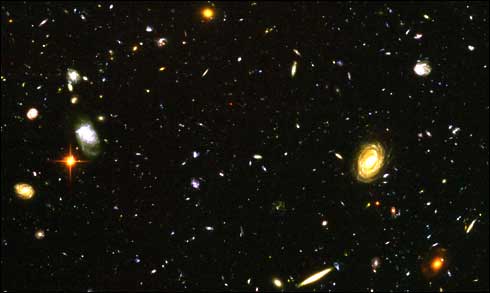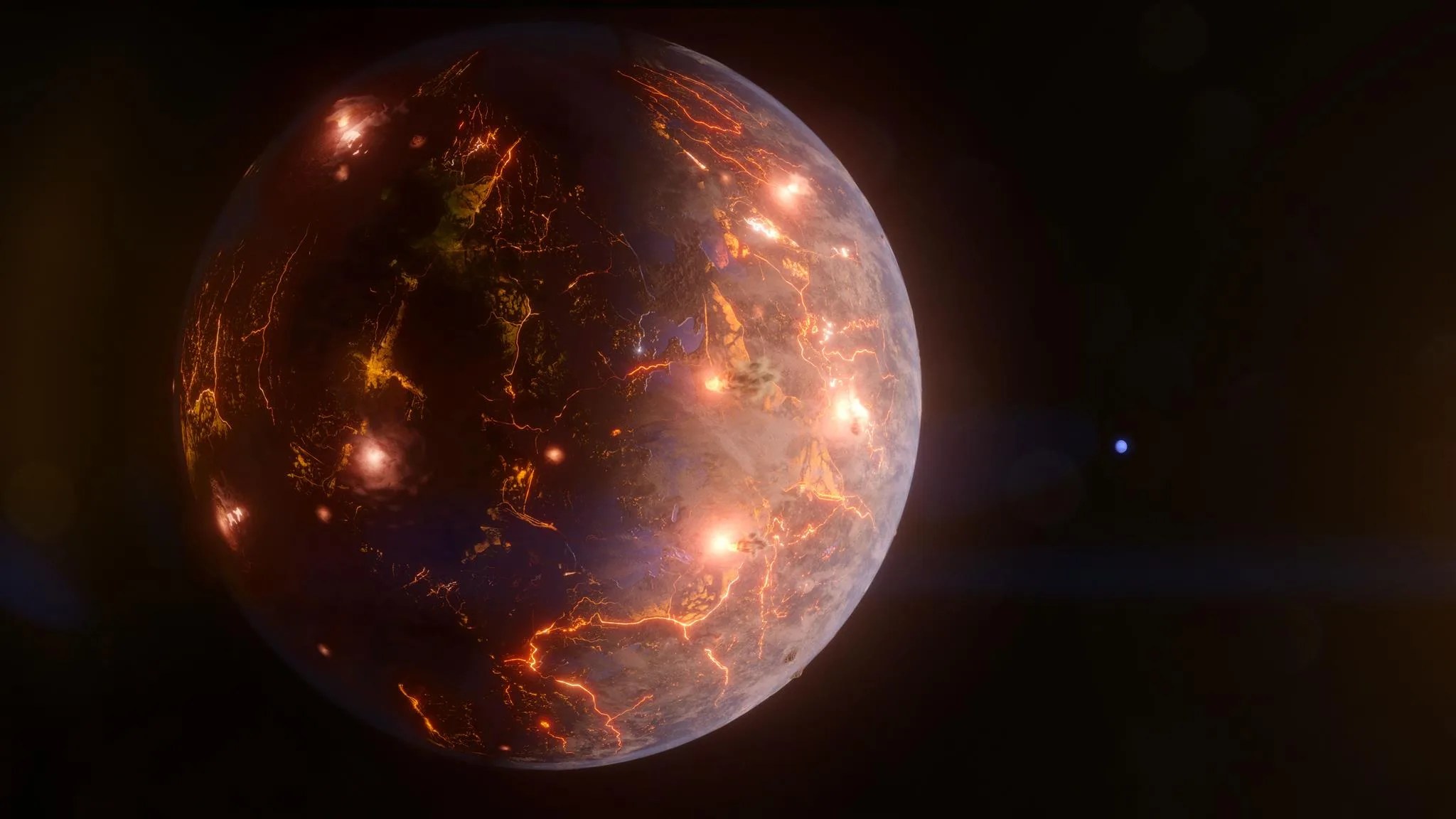A Look Through Time with NASA’s Lead Photographer for the James Webb Space Telescope
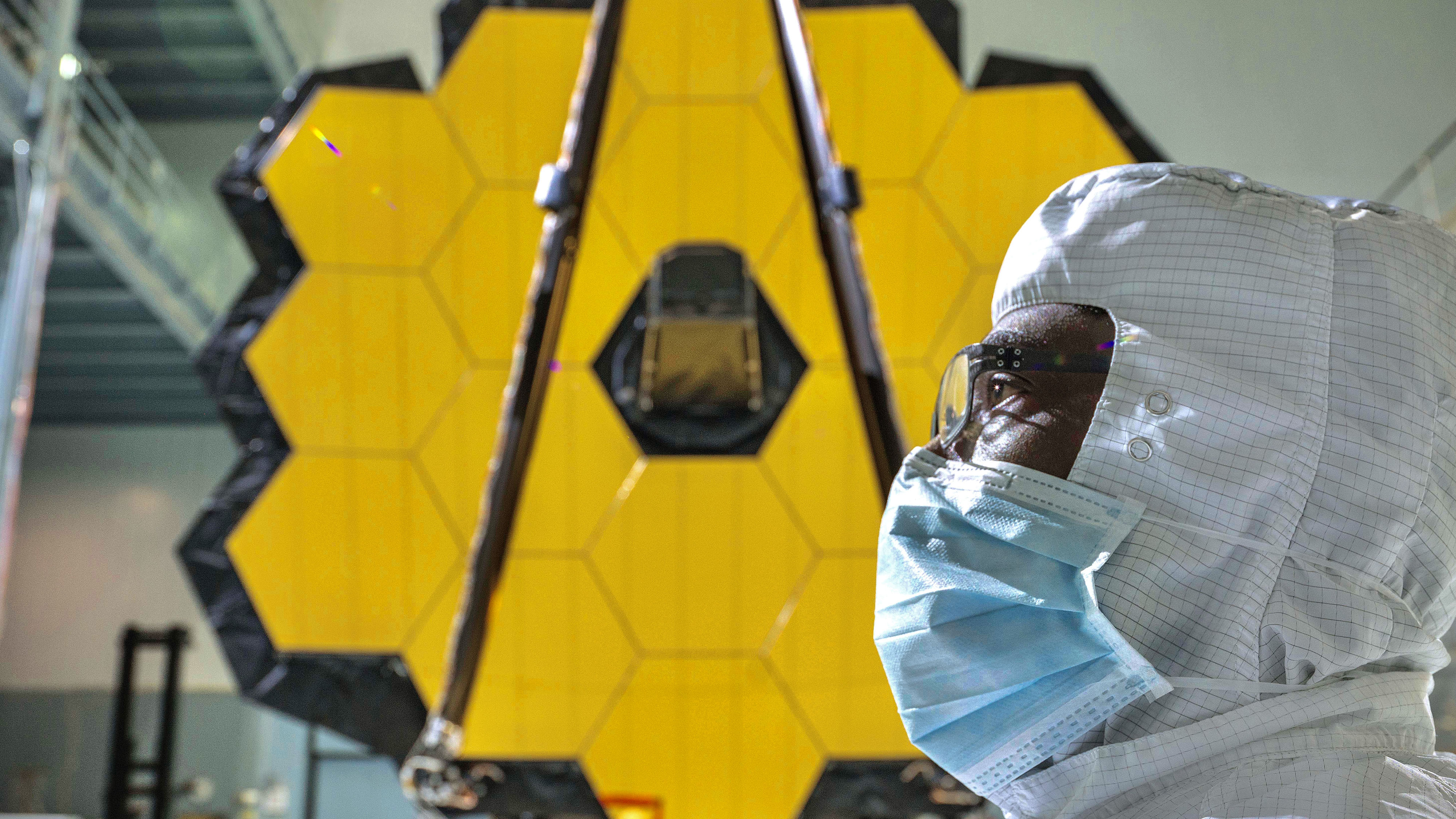
Nearly two years ago in the early morning hours of Dec. 25, NASA’s James Webb Space Telescope successfully took flight from the jungle-encircled ELA-3 launch complex at Europe’s Spaceport near Kourou, French Guiana. Following a successful deployment in space, and the precise alignment of the telescope’s mirrors and instruments, Webb began science operations nearly six months after liftoff. As the two-year anniversary of the launch aboard ESA’s (European Space Agency) Ariane 5 rocket approaches, Webb’s lead photographer Chris Gunn has remastered a selection of his favorite images from his career, including one previously unreleased image.
The opportunity to be the visual spokesperson for a mission of this magnitude was the experience of a lifetime
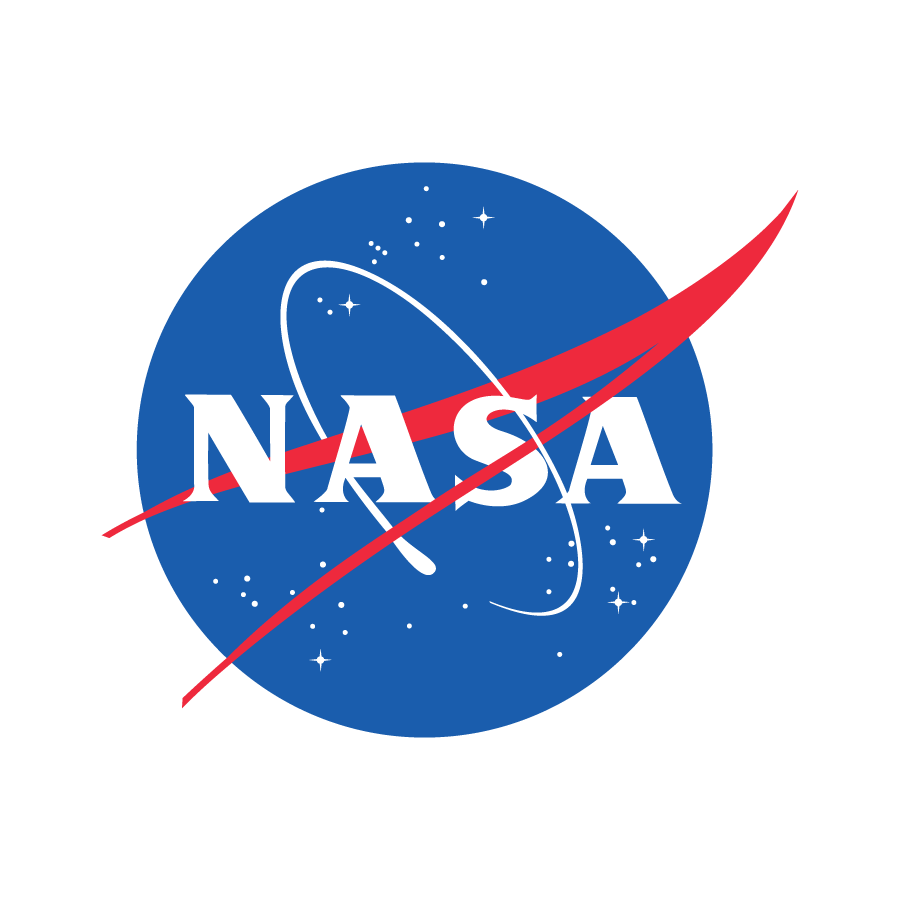
Chris GUNN
NASA/GSFC Lead Photographer for Webb Telescope
Since the fall of 2009, Gunn has routinely worked through holidays and weekends, and has spent much of these years on the road, ensuring that the Webb telescope’s progress is visually chronicled and shared with the world. As the various parts and components of Webb began to be assembled and tested throughout the country, Gunn and his camera followed along, capturing the historic development of NASA’s premier space telescope. Though Gunn’s images display the complex nature of the telescope aesthetically, these images also serve as critical engineering bookmarks that the team routinely relied on to document that Webb’s construction was sound before launch.
Following the launch of Webb, Gunn is now chronicling NASA’s next flagship space telescope, the Nancy Grace Roman Space Telescope.
All images below, credit NASA/Chris Gunn.
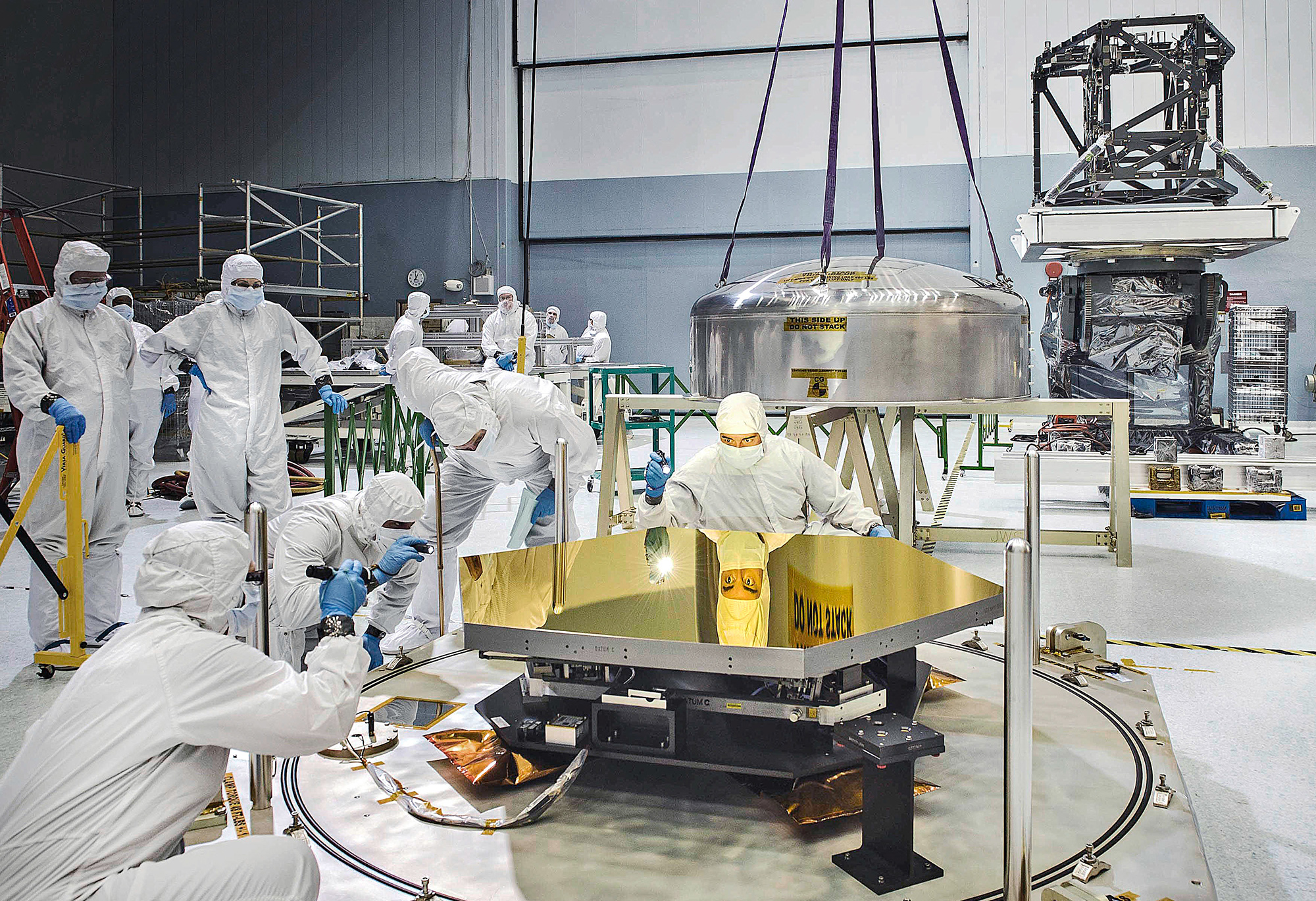
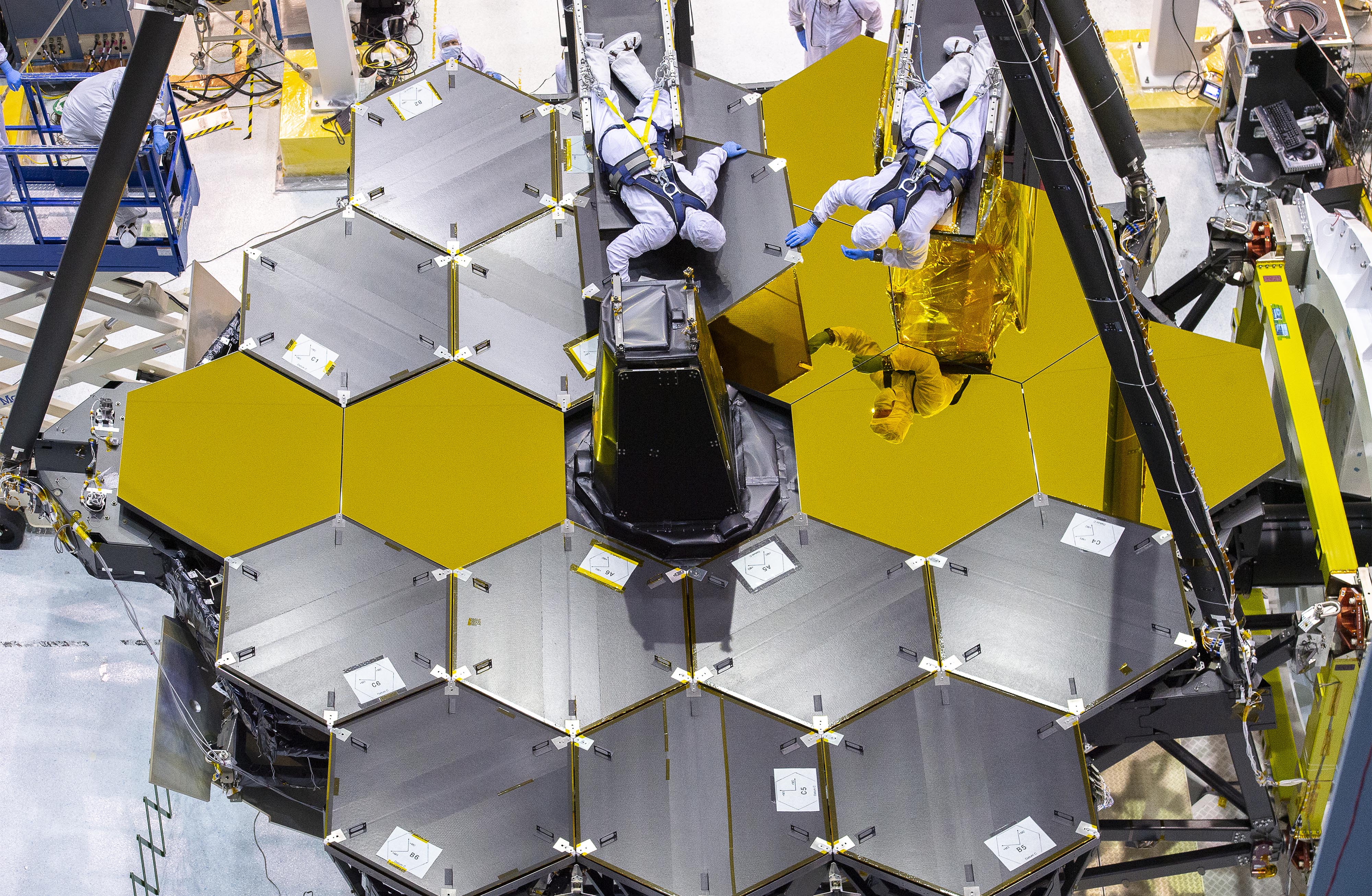
Traveling alongside Webb as it grew and evolved, and to be able to add my signature to each photograph captured, was of course an honor, but also an immense challenge. With each image, I wanted to express the awe that I felt seeing Webb integrated right before my eyes, knowing that it was destined to shed new light on the mysteries of the cosmos.

CHRIS GUNN
NASA/GSFC Lead Photographer for Webb Telescope
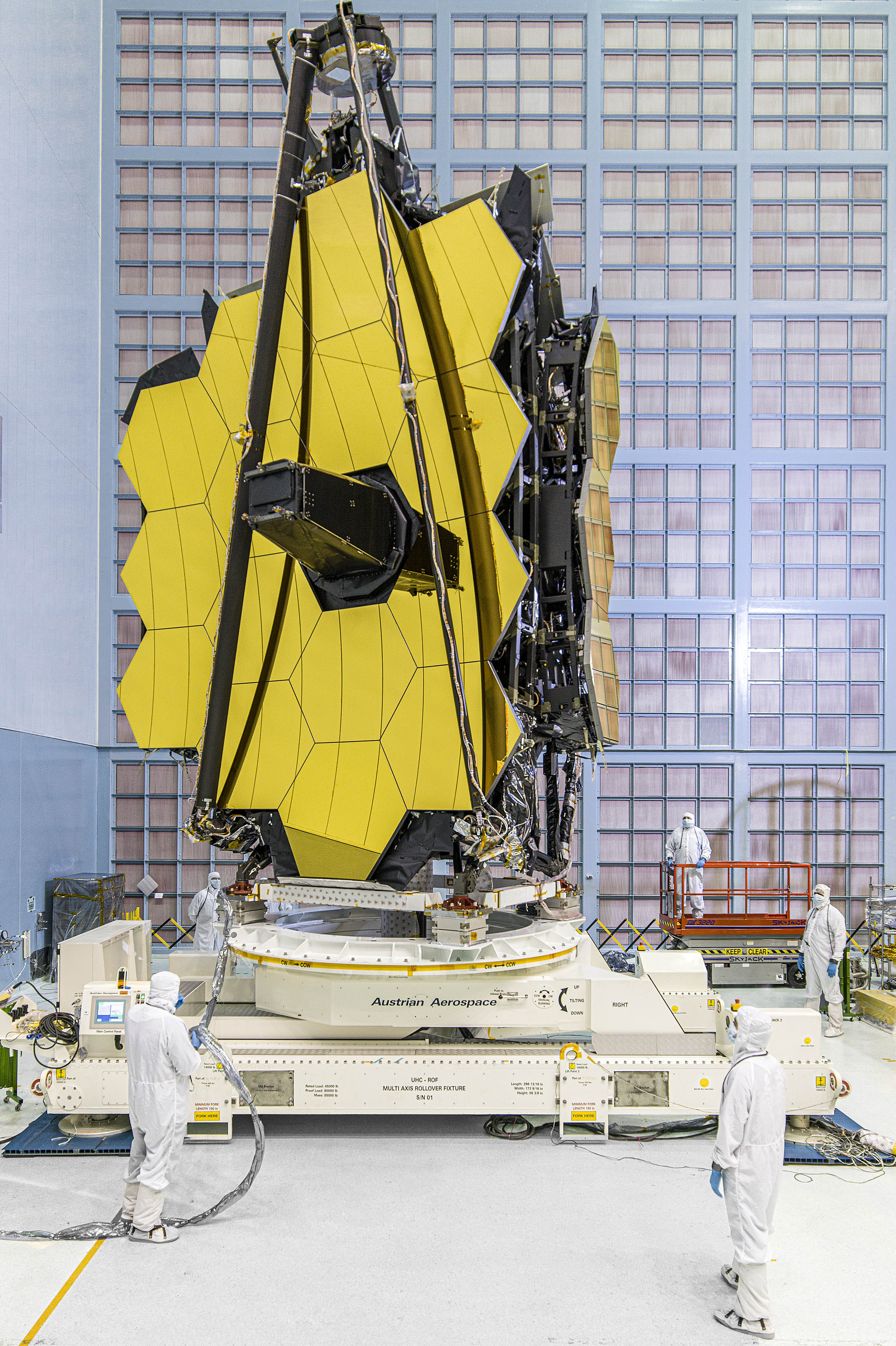
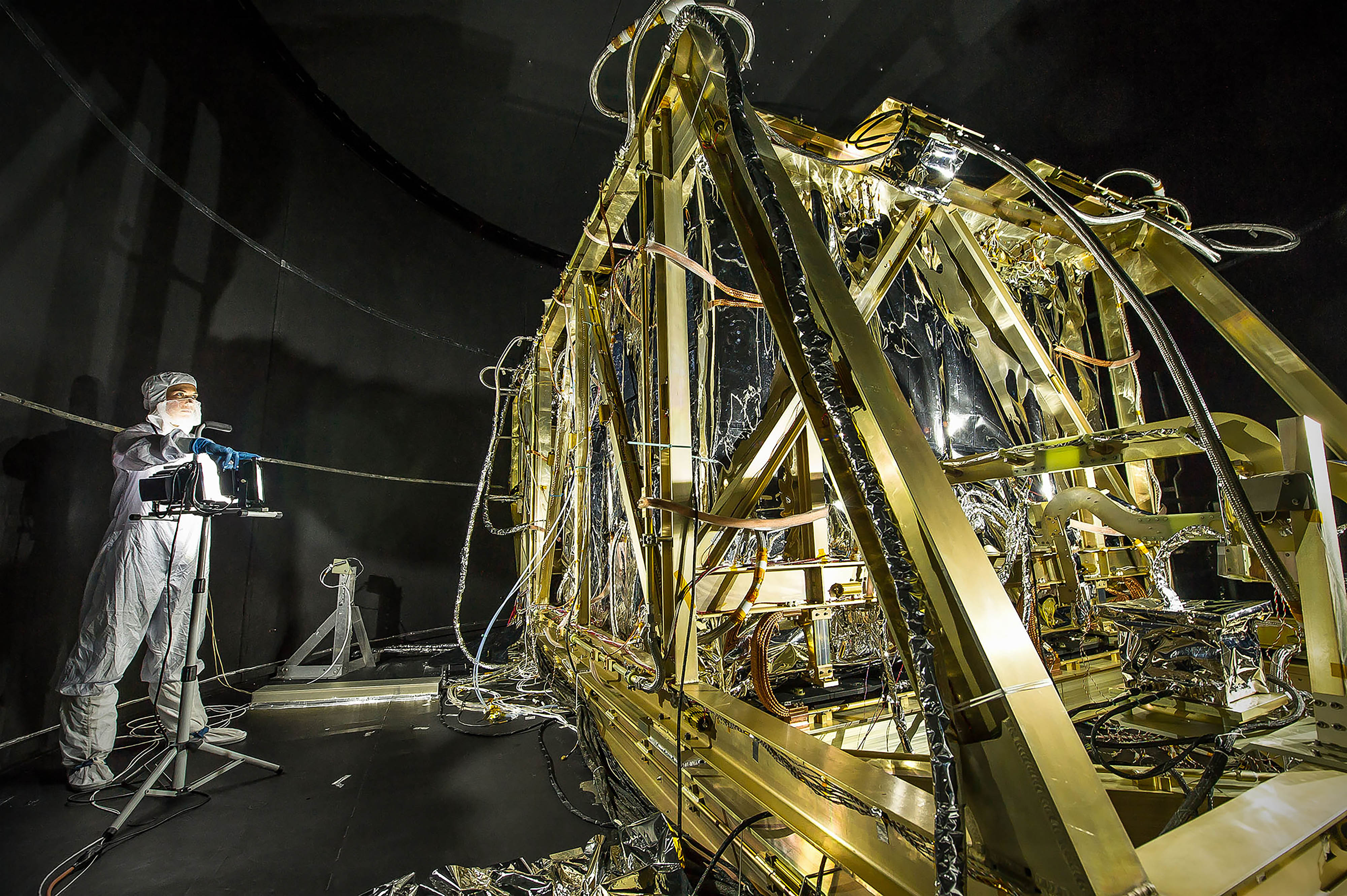
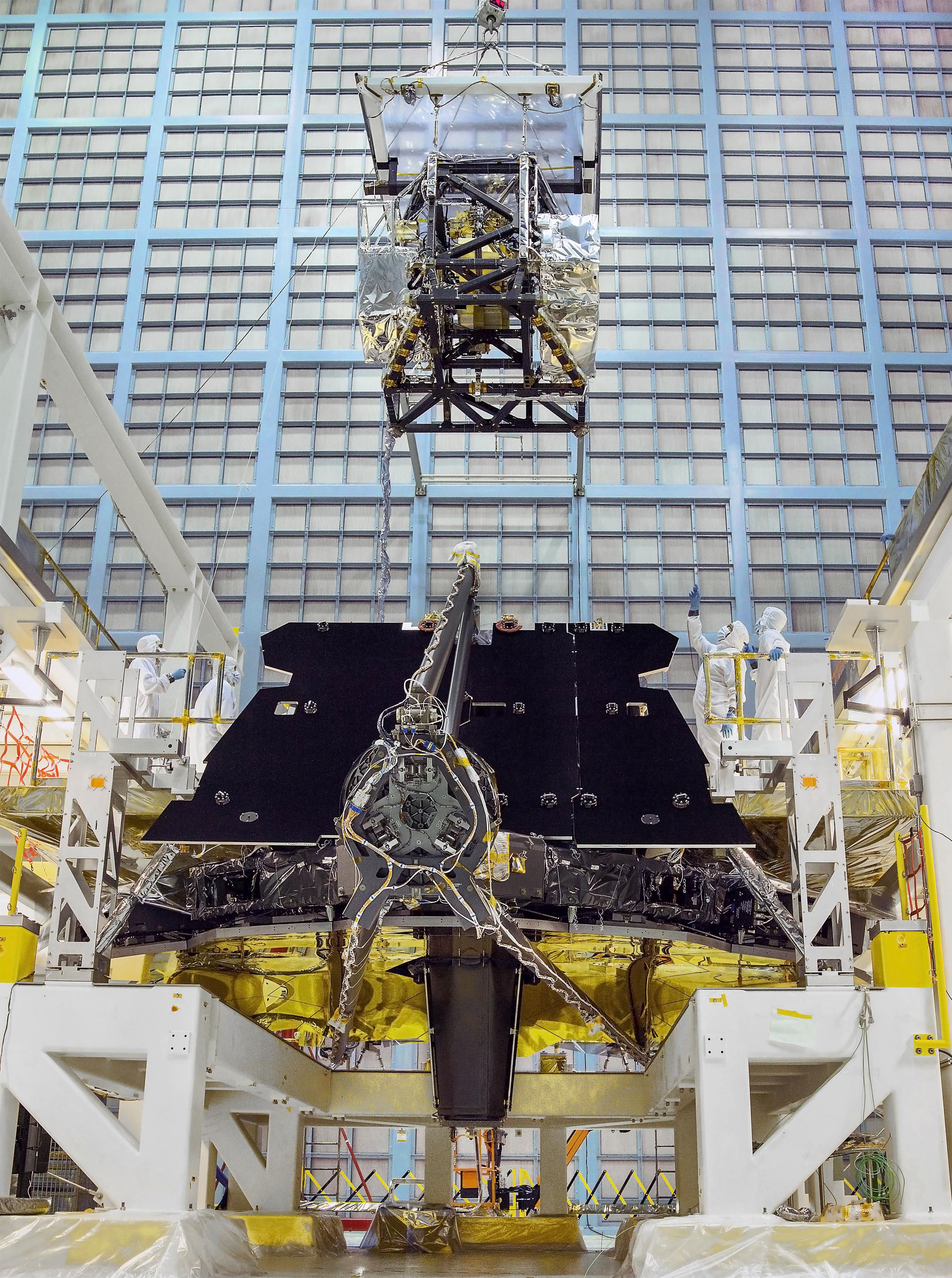
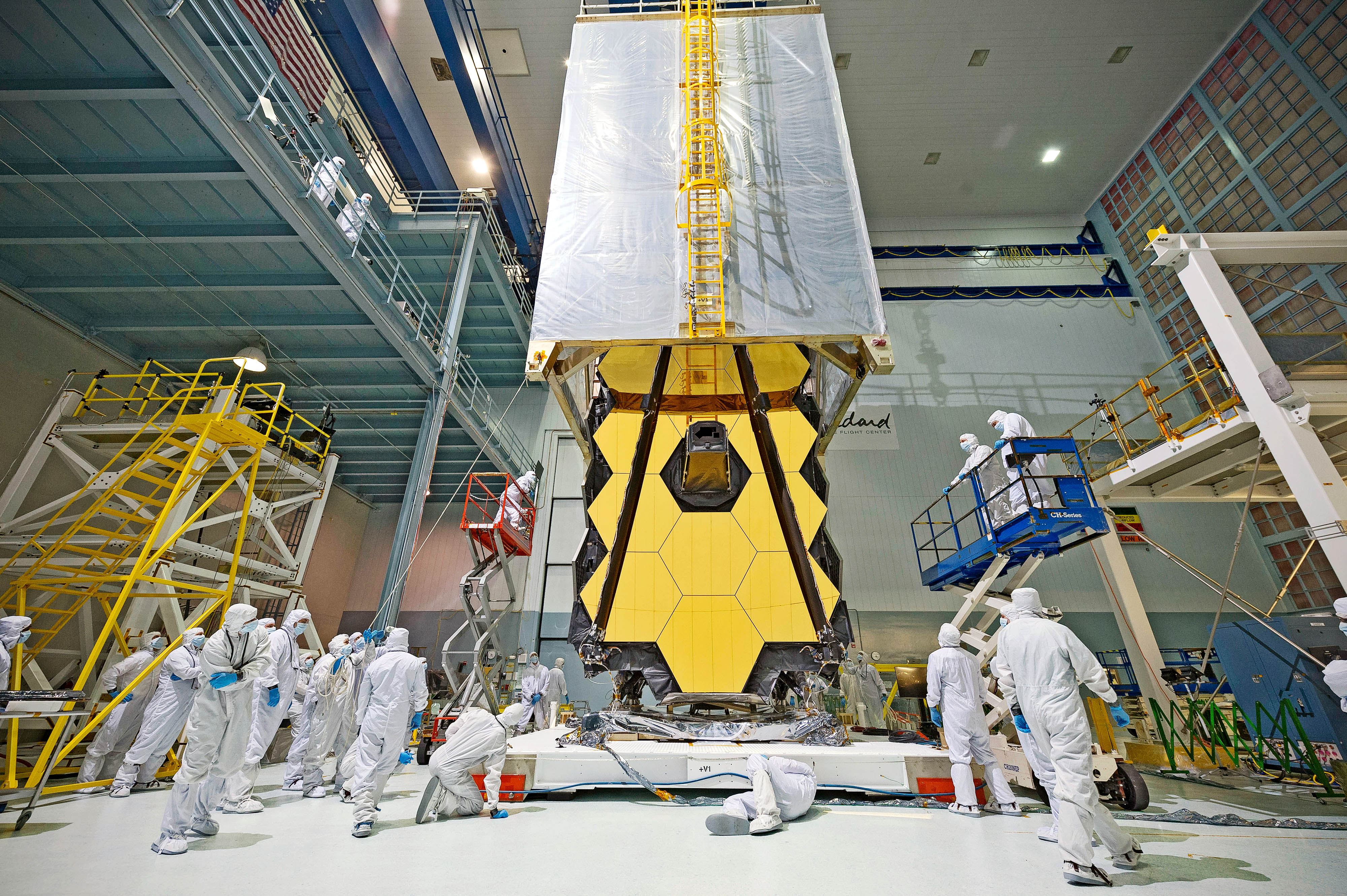
To capture Webb in its true beauty, I employed the use of specialized lighting rigs, often setting up lights early before the start of work. Johnson Space Center’s Chamber A was an especially tough subject to shoot once Webb was inside. It required remote lights that had to be adjusted perfectly before I boarded a boom lift to make the photograph from seven stories up. It was all worth it, everyone’s hard work – just look at how well our starship is performing

Chris Gunn
NASA/GSFC Lead Photographer for Webb Telescope
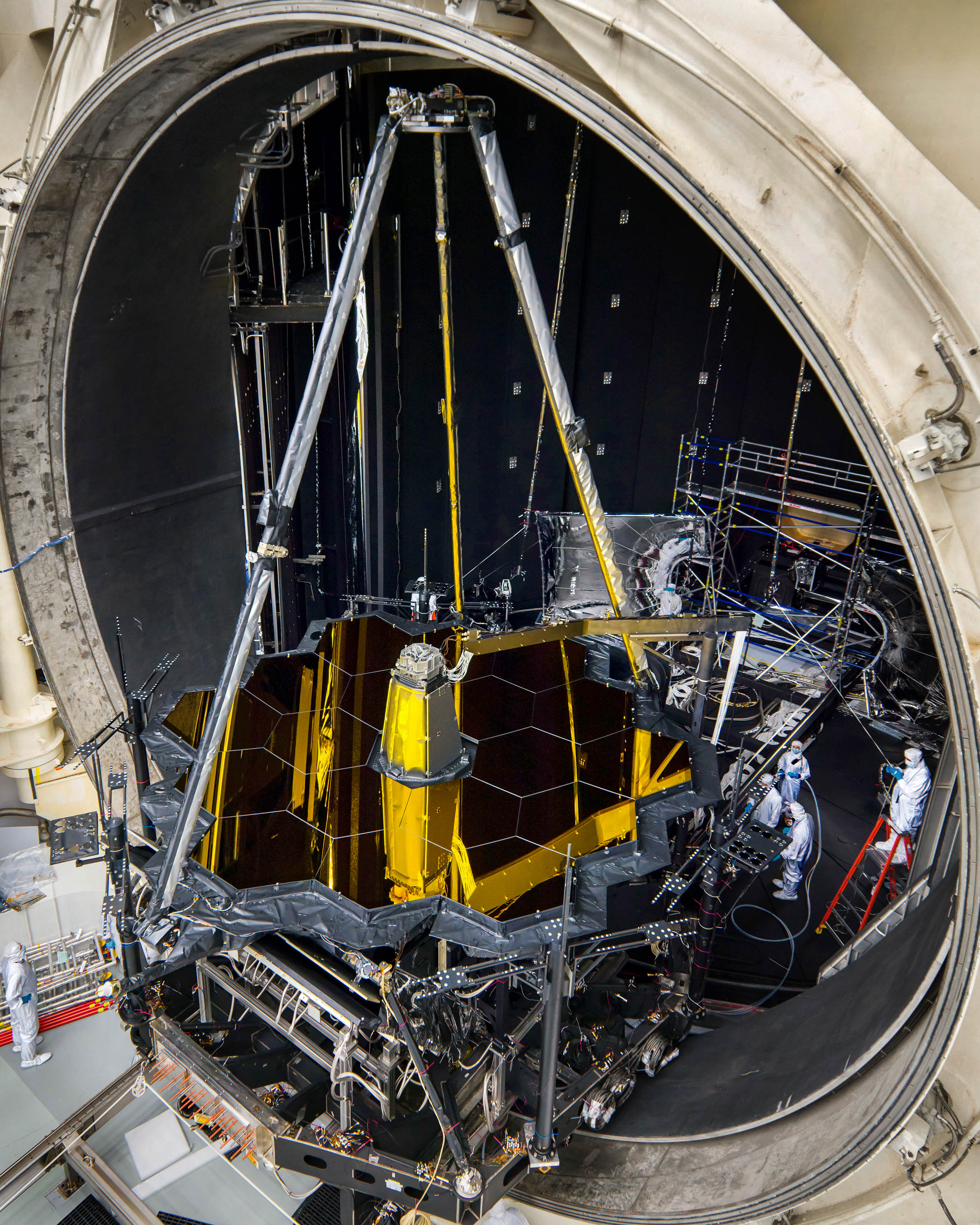
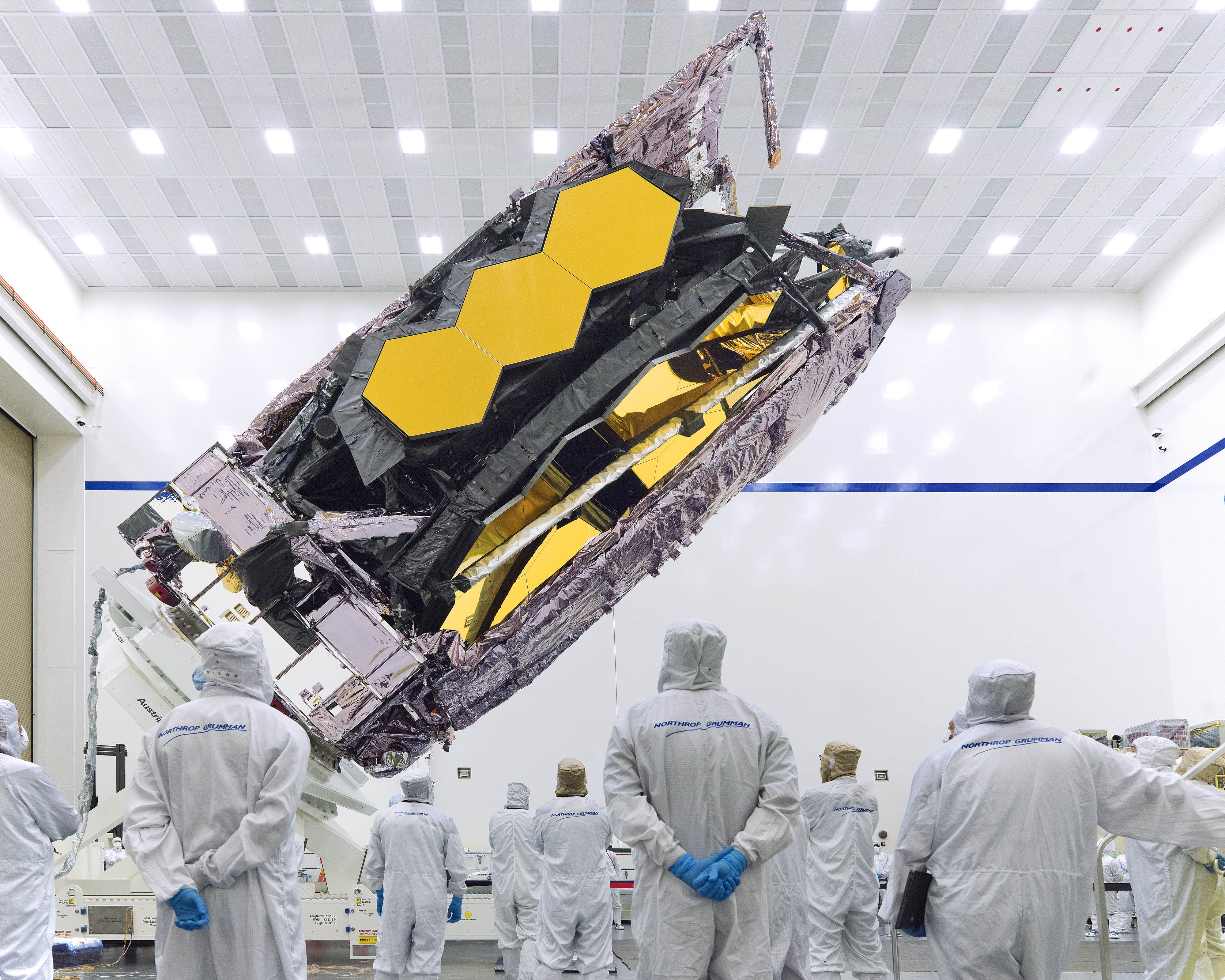
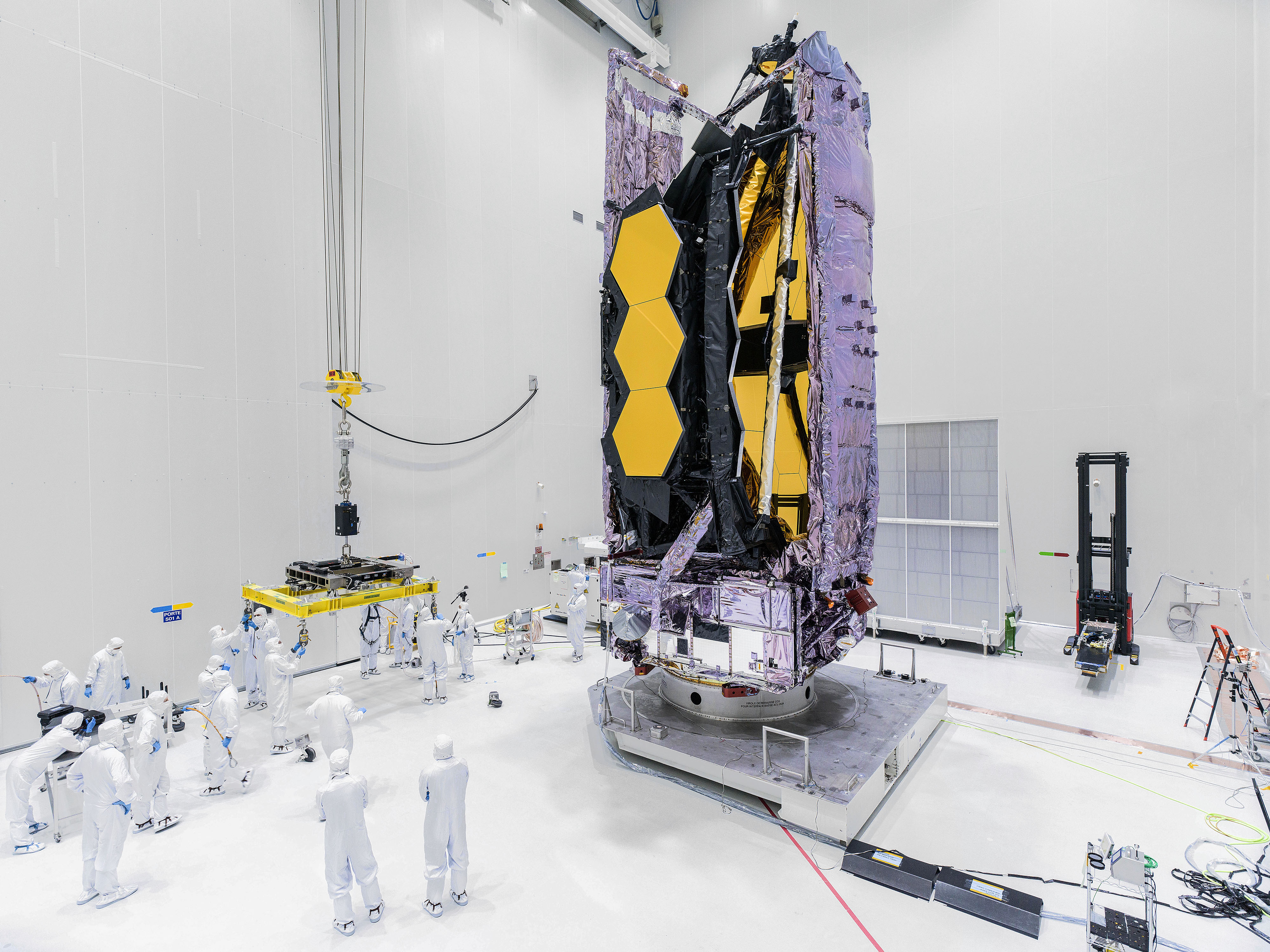
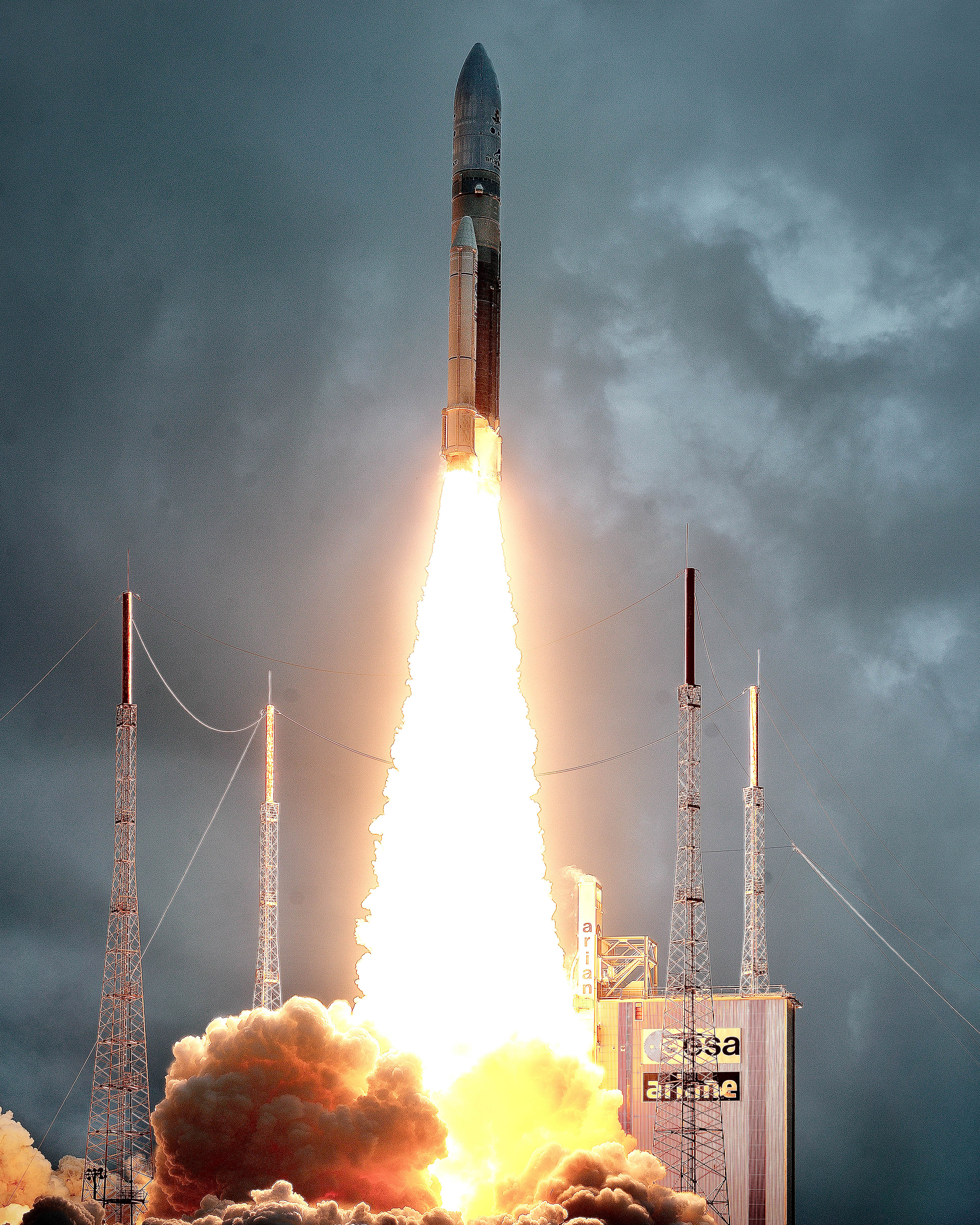
The James Webb Space Telescope is the world’s premier space science observatory. Webb is solving mysteries in our solar system, looking beyond to distant worlds around other stars, and probing the mysterious structures and origins of our universe and our place in it. Webb is an international program led by NASA with its partners, ESA (European Space Agency) and the Canadian Space Agency.
Right click the images in this article to open a version in a new tab/window that can be zoomed or saved.
Thaddeus Cesari Thaddeus.cesari@nasa.gov, Laura Betz - laura.e.betz@nasa.gov, Rob Gutro- rob.gutro@nasa.gov
NASA’s Goddard Space Flight Center, , Greenbelt, Md.



